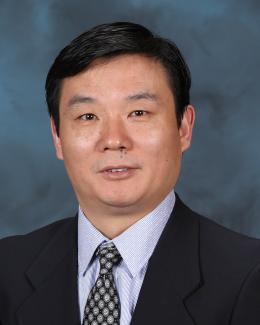Abstract
Photon upconversion is an elementary light-matter interaction process in which an absorbed photon is re-emitted at higher frequency after extracting energy from the medium. This phenomenon lies at the heart of optical refrigeration in solids(1), where upconversion relies on anti-Stokes processes enabled either by rare-earth impurities(2) or exciton-phonon coupling(3). Here, we demonstrate a luminescence upconversion process from a negatively charged exciton to a neutral exciton resonance in monolayer WSe2, producing spontaneous anti-Stokes emission with an energy gain of 30 meV. Polarization-resolved measurements find this process to be valley selective, unique to monolayer semiconductors(4). Since the charged exciton binding energy(5) closely matches the 31 meV A(1)' optical phonon(6-9), we ascribe the spontaneous excitonic anti-Stokes to doubly resonant Raman scattering, where the incident and outgoing photons are in resonance with the charged and neutral excitons, respectively. In addition, we resolve a charged exciton doublet with a 7 meV splitting, probably induced by exchange interactions, and show that anti-Stokes scattering is efficient only when exciting the doublet peak resonant with the phonon, further confirming the excitonic doubly resonant picture.


